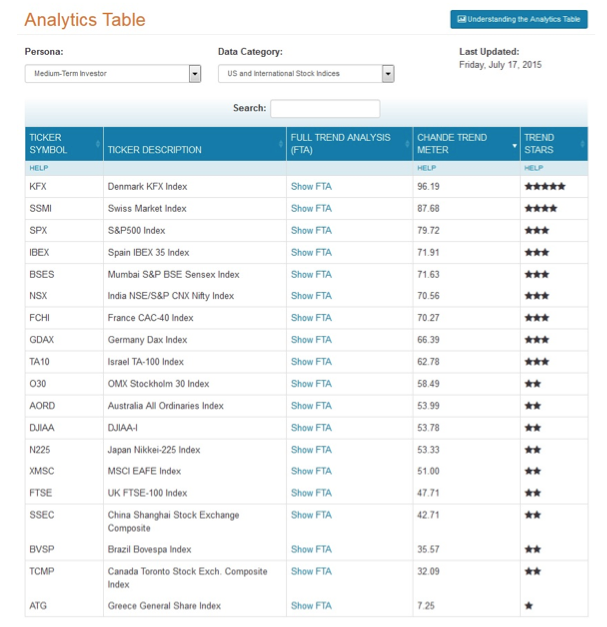We have to thank Chip Anderson for giving us a unique opportunity to compare a discretionary style to a systematic approach using Indian stock indexes. Vipul Ramaiya now has a column analysing India, which uses a discretionary approach, where the rules are ‘soft-coded’. I analyze all markets with a fully systematic approach, where the rules are ‘hard-coded’. This provides us all with an excellent laboratory to compare and contrast the two styles.
A Systematic Analyst Seeks an Analytical Edge
By removing emotion from the analysis, and its implementation, the systematic trader gains a significant advantage, a predictable edge, which builds up, as the rules are applied consistently and ever more trades are accumulated over time. Further, the number of trading opportunities can be increased by automating chart analysis.
A Discretionary Analyst Seeks an Information Edge
A discretionary analyst can capture information beyond market prices to adjust trade size. They can alter the key decision variables (and trade size) from situation to situation. Thus, discretionary analysis wins when it trades before there is a well-defined consensus in the market.

Figure 1: The Mumbai SENSEX is one of the strongest markets in the world at the moment. ( For details, visit https://trends.etfmeter.com, choose US and International Stock Indices under data category, and Medium-term Investor under Persona).
Automatic Analysis of Mumbai SENSEX (BSES)
In Figure 1 we compare the trend strength of the Mumbai Sensex to many other world markets over the medium-term. A rules-based, full trend analysis of BSES is shown in Figure 2.

Figure 2: Automatic full trend analysis of Mumbai Sensex (BSES) as of Friday, 17 July 2015 (For details, visit https://trends.etfmeter.com, find US and International Stock Indices under data category and click on ‘Show FTA’).
The Fun Part
Now, the question is whether the discretionary analysis of Indian stock indexes will converge or diverge from the automatic analysis: that will be the fun part to watch.
Tushar Chande
You can follow the systematic analysis of Indian (and other) markets at https://trends.etfmeter.com/ (just choose US and International Stock Indices under data and the time period for the analysis under Persona).
